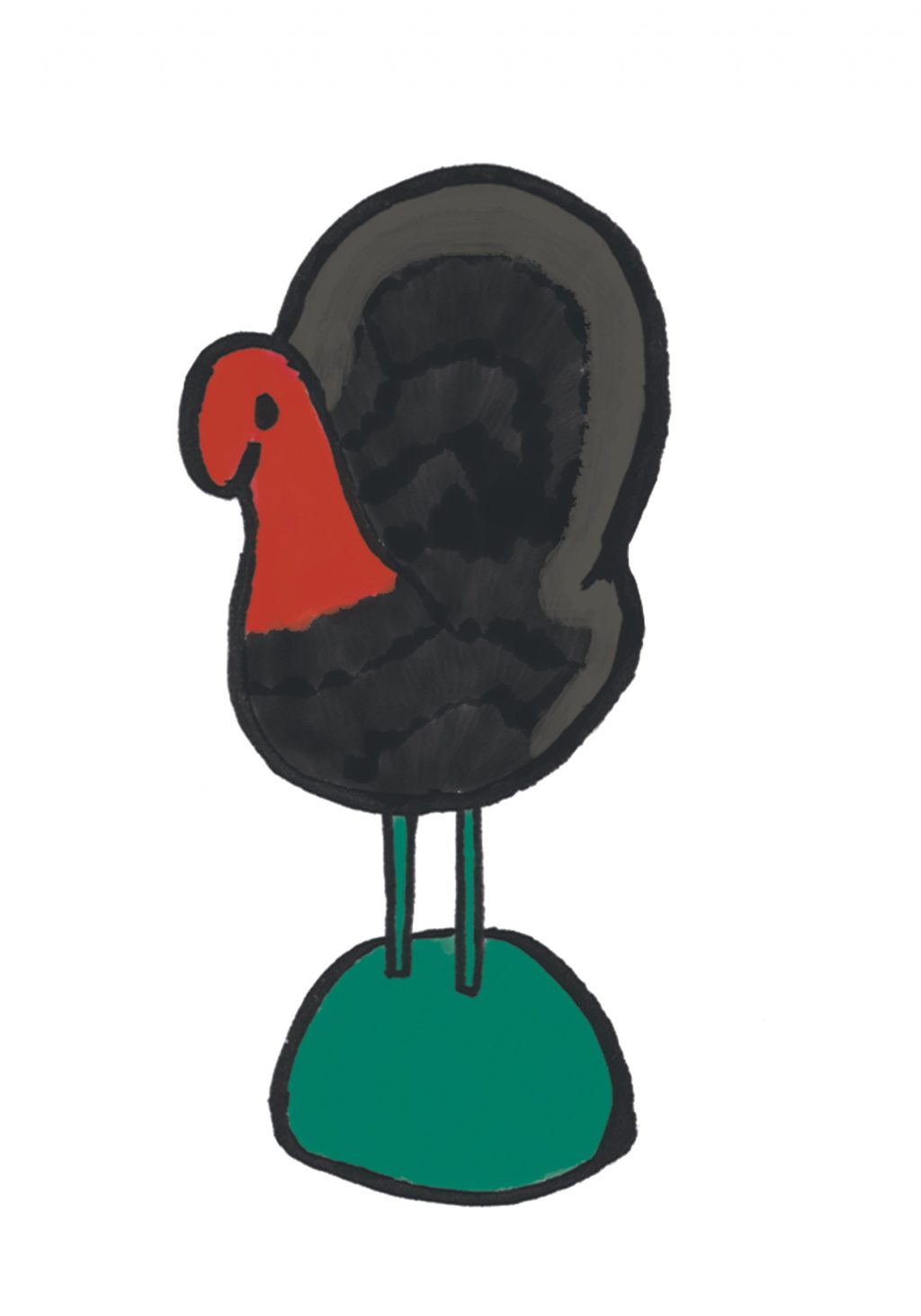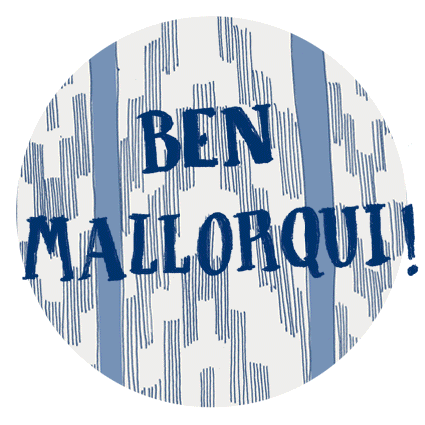
Indiot mallorquí
Vet aquí un raça autòctona en el nostre territori i una figura indispensable en els betlems de les nostres cases. L’indiot és molt específic i representatiu del nostre món rural, sempre en trobes algun foravila o suelto per la finca d’algú conegut, i per això està present a les nostres representacions més costumistes. Com bé indica el seu nom, sa bèstia procedeix d’Amèrica Central, i sembla ser que va arribar a l’illa al segle XVI. És negre i amb una pintada vermella en es morro, i s’ha convertit en un icono mallorquí: és igual si tens un pessebre amb figures mallorquines o amb qualsevol altra casta d’estil, s’indiot no hi pot faltar!
El representem amb una figureta de fang que mos recorda a la família dels siurells, o pareix fet per algú que té sa mà trencada fent siurells al ser d’un estil tan naïf. Però no mos enganyarem, sa raça d’indiot mallorquina és molt fea i el “moc” (com li diuen es entesos) vermell de vegades fa por de mirar i és de difícil representació, com un troç de carn vermella que li penja de sa gargamella. Això sí, les figuretes de fang han aconseguit fer simpàtica una bèstia que des de molt petita l’he mirada amb un poc de por i fàstic.
L’indiot el solem menjar rostit el dia de Nadal (a part de la porcella). Quan la religió cristiana va prohibir menjar carn per Nadal, es va acordar que l’indiot no en seria considerat i així es podria disfrutar d’aquesta vianda els dies assenyalats. Tenim trucs per a tot! El trobam en es típics Escaldums de Nadal de Binissalem, o bé rostit amb fruites o farcit amb “salsa d’ametlla”.
Here, an autochthonous breed in our territory and an indispensable figure in our nativity scenes. Our turkey is very specific and representative of our rural world. You can always find them in the country-side or running around in some acquaintance’s cottage and therefore it is present in our most costumbrist representations. As the name indicates, the beast comes from Central America and it arrived to the island around the XVI century. Our turkey is black with a red spot on the beak and it has become a Majorcan icon: regardless the type of Nativity Scene that you set up, you cannot leave the turkey out! We represent it with a little clay figure that resembles the siurells or at least they look like they have been made by some siurell expert because of their naïf look. To be honest, the Majorcan turkey breed is rather ugly and the red snot (term used by the experts) is sometimes scary to look at and difficult to represent – it is like a piece of red flesh that hangs from their throat. However, those little clay figures have managed to make it much more amiable looking!
We usually eat it roasted on Christmas day (besides the porcella). When the Christian religion forbid eating meat during the Christmas festivities, it was agreed that turkey would not be considered so and therefore it could be enjoyed during those special days. We had a trick for everything, so we did! We find it in the Christmas Escaldums typical from Binissalem or in the roast with fruits or stuffed with almond sauce.
Text by Ben Mallorquí


+ There are no comments
Add yours